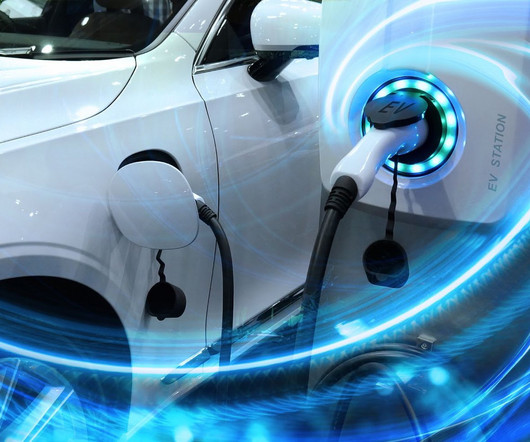CAP-XX introduces supercap modules to support batteries in stop-start applications
Green Car Congress
MARCH 14, 2012
milliohms, the CAP-XX module offers the best power density available today, the company claims, and the energy necessary to support frequent start cycles in all weather and traffic conditions. With 150F at 14V, and an ESR of 4.5 NEDC testing: battery alone. NEDC testing: battery alone. Click to enlarge. Click to enlarge.











Let's personalize your content